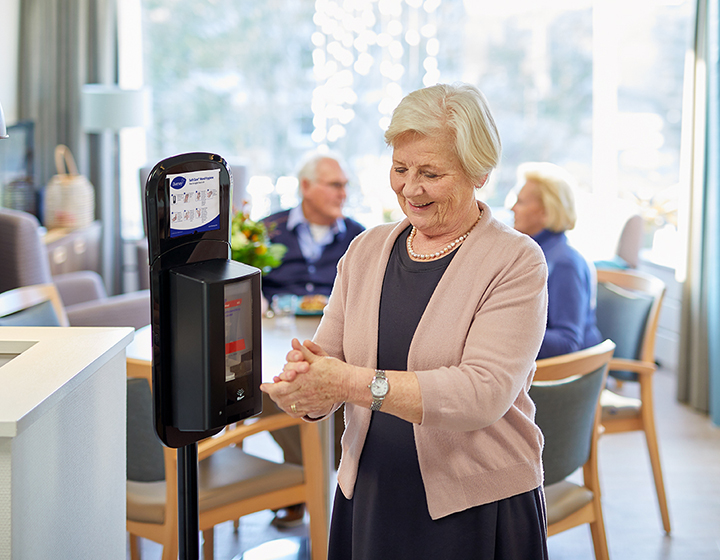Human Enterovirus D68 (EV-D68) was first isolated in California in 1962. While rare, it has become more prevalent. As with other enteroviruses, EV-D68 causes a respiratory illness primarily in children, but is unusual in that EV-D68 shares epidemiological and biological features with human rhinoviruses.
Enterovirus infections are generally mild, with people often showing either no symptoms while infected or mild cold-like symptoms. Non-specific illness with a fever is common in enterovirus infections. However, in some cases, enteroviruses can attack the central nervous system and cause paralysis or even death. Children with asthma or anyone with a weakened immune system seem to be more at risk of complications or severe illness.
Transmission
Enteroviruses can be found in an infected person's:
- Eye, nose and mouth secretions (saliva, mucus or sputum)
- Feces
- Fluid from blisters in the mouth
Even if the infected person does not have visible symptoms, they may disperse viable virus onto other people or into the environment. It is believed that the most likely route of transmission for enteroviruses, including EV-D68, is from person-to-person contact transmission of contaminated secretions with close personal contact. People recently infected with enteroviruses can shed the virus from their respiratory tract and feces for several weeks and can do so with no visible symptoms.
Contagiousness
According to CDC estimates, there are 10-15 million non-polio enterovirus infections in the U.S. each year, with infection most likely to occur in the summer and fall. While anyone can become infected with the non-polio enterovirus, infants, children and teenagers are more likely to become infected and get sick. As a child grows, exposure to non-polio enteroviruses allows their immune system to develop immunity against future infections.
Coughing and sneezing by an infected person can disperse droplets of respiratory secretions into the air, which can settle on the infected person’s clothing, hand, or other parts of their body. The CDC does not indicate that inhalation of droplets is a likely route of transmission, so the virus likely settles onto the infected person or environmental surfaces as part of the route of transmission.
Improper hand washing after using the toilet or changing the diapers of an infected infant can also contaminate other people or surfaces. An infected person may also touch their eyes, nose, or mouth and transfer the virus to their hands and then to other people or surfaces.




